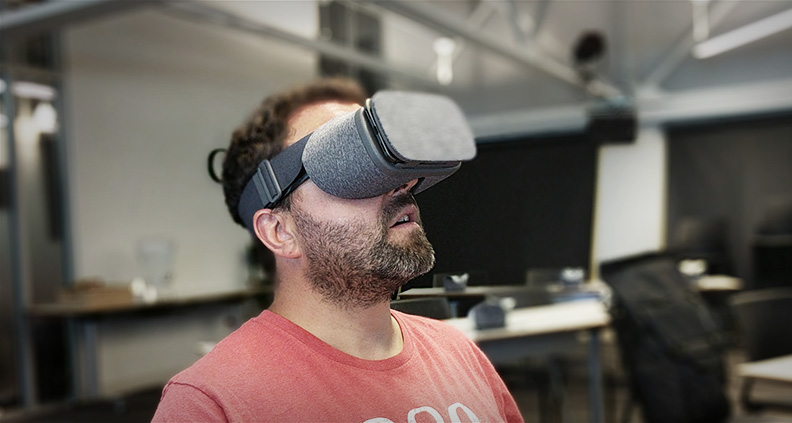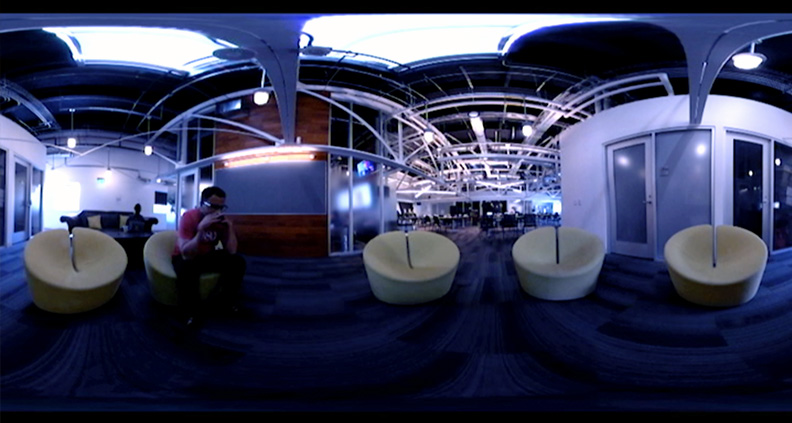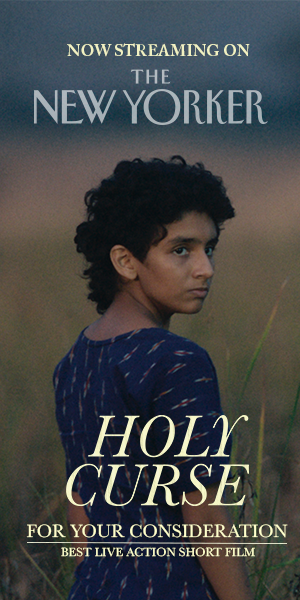Making Your First 360 Video? Here are 10 Important Things to Keep in Mind.
EDITOR’S NOTE: The following blog originally ran on filmindependent.org earlier this year. We’re republishing it here, with minor edits to the original text. Special thanks to the author Matt Warren.
MAKING YOUR FIRST 360/VR VIDEO?
It’s probably safe to assume that when someone says “film” or “movie” the thing you’re likely picturing is a static, flat rectangle populated by moving images. Which, why wouldn’t it? That’s what movies are and have been for more than a century. But that’s all about to change—at least according to some people.
We’ve already written about the basics of 360 and VR—it’s history, hardware and general application for creators. But let’s say now you’re ready to add your voice to the legions of storytellers out there pioneering this (fully immersive) brave new world. You’re acquainted with the tech basics and have managed to get ahold of some gear you actually feel comfortable using. Now what?
First, there are a few key things to bear in mind. The rules of 360 and VR are still being written. But even so, an entire set of immersive storytelling best practices have already emerged. Here now are 10 important takeaways based on my own nascent forays into 360 filmmaking—courtesy of the very fun and informative 360 workshops at YouTube Space LA:

Know the difference: 360, VR and Augmented Reality.
Understanding the distinctions will help clarify what it is you want to do and the cinematic language you should employ. “360” refers to a passive viewing experience set in an immersive world—the viewer is embedded in a 360-degree environment but isn’t interacting with what’s happening around them. “VR” refers to a 360-degree environment with some sort of interactive element—used primarily used for gaming. “Augmented reality” refers to adding a virtual layer on top of the real world, as seen through the window of your tablet or smartphone—the most famous example being Pokémon Go.
360 won’t replace traditional filmmaking… probably.
Hardcore disciples might disagree, but I don’t see 360/VR taking the place of traditional filmmaking any time soon. It seems far more likely that 360/VR will evolve in parallel, as its own distinct medium. That’s basically already happening. In any event, the key economic drivers of Hollywood—like action spectacle—don’t translate to immersive storytelling in a way that’s nearly as viscerally competitive. So if you’re not interested in 360, good news: you don’t necessarily have to be.
Take some cues from theater.
Used for storytelling, 360 is equally as indebted to the conventions of theater as it is to cinema. Imagine a Shakespeare play (or a Metallica concert depending who you are) performed in the round, the audience surrounding the stage on all sides with the action happening in the middle. Now, think of the inverse—you, the audience, embedded in a fixed position in the center of a virtual environment with the action swirling about around you. That’s 360.
New medium, new rules.
As with any new artistic medium, new rules are created as others are left behind. Much of what you learned in film school is out the window: the 180-degree rule, shot-reverse shot, zooming in or out, camera angles, etc. Even the director’s biggest job—deciding what’s in the frame and what isn’t—no longer applies. Instead, new rules are created: like not staging action around the “stitch” (the point or points where digital images are joined, sometimes disjointedly) and the necessity of keeping camera movement (if any) as gentle and level as possible.
Think in parabolas.
You’ve probably heard the phrase “playing 3-D chess” before. Well, making a project in 360 is literally like playing 3-D chess! You have to think about what’s happening not just in front of you, but also behind and to the sides. Imagine that the Final Draft document open on your laptop represents what you would see in a traditional “framed” narrative. Now imagine script pages both to your left and to your right, as well as behind your back. That’s the level of density and detail you need to consider when crafting a successful 360-degree storytelling experience.

Get them to look in the right place.
Just because you’re not choosing what’s in the frame anymore doesn’t mean that—as a filmmaker—you aren’t deciding where the viewer should be looking. Getting audiences to look in the right place is a key part of visual storytelling, regardless of the medium. In 360, there are many ways to do this: with sound, motion, using “surrogate” characters to direct attention, rewarding the viewer for looking in the right place, establishing reoccurring visual patterns, etc.
Location is king.
360 is all about placing the viewer in the middle of an environment. Often, it’s an environment the viewer has never been in before, either because it doesn’t exist IRL or because it’s too far or too expensive for the average person to get to. It’s why 360/VR has so frequently been put to use for travelogue purposes. But even if you’re not taking an Odyssey camera to the top of Mt. Everest, it’s important to ask yourself: is this location interesting?
If you can see the camera, the camera can see you.
The whole point of 360 camera is that it sees everything, in every direction. Whereas on a traditional film shoot the director and crew are often hovering just a few feet outside of frame at video village, no such equivalent is possible with 360. So get ready to find a place to hide—behind the couch, in a bush, under the floor—or resign yourself to not actually being in the room once you call “action!”
Seams, blocking and diegetic light.
360-degree images aren’t the product of a single, omnidirectional camera lens. They’re the result of two or more video images being joined together. The point where these images are joined is the “stitch”—and stitches don’t always line up perfectly. So do tests. Find out where the stitch is and avoid staging any important action near it. Also, learn to rely on diegetic light (eg, light from sources that exist within the reality of the scene) and stage your action accordingly.
The playing field is wide open.
Think about some of the earliest film images ever captured—like the Lumière Brothers’ factory workers or Thomas Edison’s Kinetoscope boxers. That’s basically where 360 is at today, at least at the amateur level: the documentation of simple events that convey the experience of that event to the viewer. In other words, the language of 360 storytelling is still being invented. Who knows? You might turn out to be 360’s Sergei Eisenstein, inventing whatever might be the 360 equivalent of parallel editing. Or its Alfred Hitchcock. Or its Wachowskis. So go out there, experiment and be unafraid!
For more Film Independent, please subscribe to our YouTube channel. Be our friend on Twitter, Instagram and Facebook. And to learn how to become a Member of Film Independent just click here.

